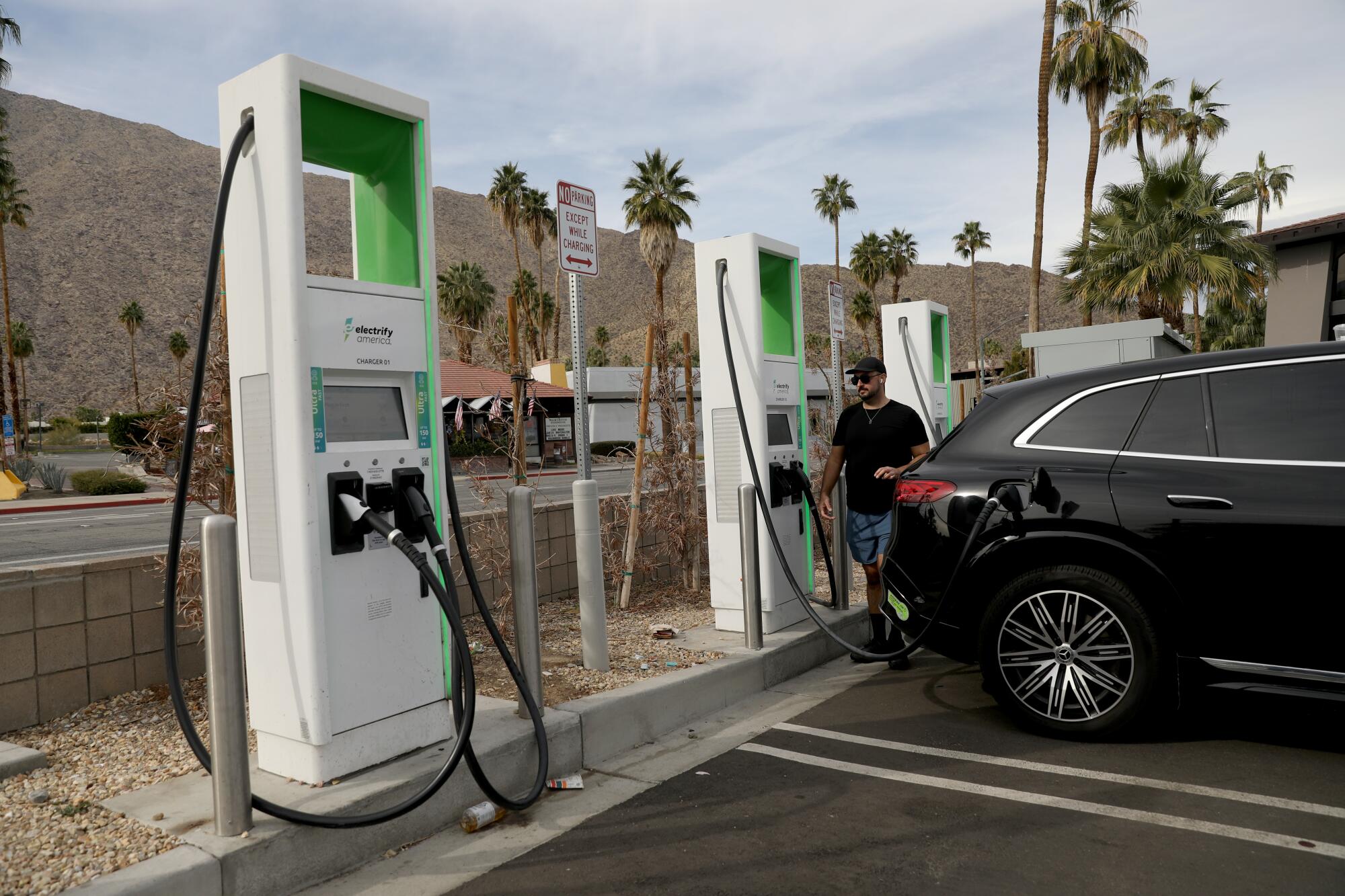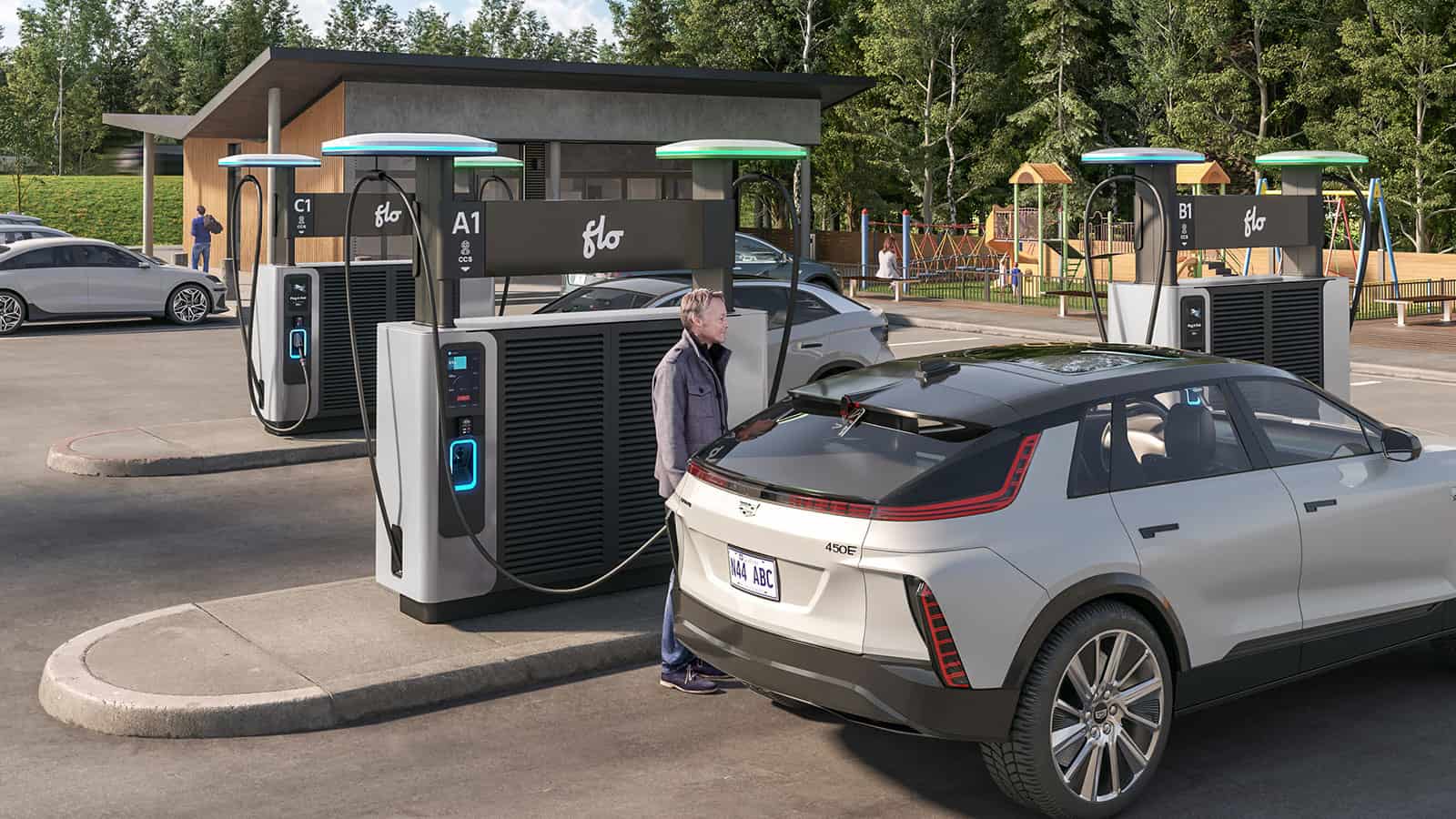What’s Driving the Growth of EV Infrastructure? Buy EV Charging news for Key Updates
What’s Driving the Growth of EV Infrastructure? Buy EV Charging news for Key Updates
Blog Article
Top EV Charging News: Trick Updates on Facilities and Innovation

Current Innovations in Fast-Charging Innovation

Furthermore, advancements in battery technology, including enhanced thermal monitoring systems and greater power thickness batteries, enhance fast-charging capacities. These growths alleviate the threat of battery deterioration throughout rapid charging, ensuring longevity and efficiency for EV owners.
In addition, the integration of clever charging services is improving user experience, allowing real-time surveillance and dynamic prices models. EV Charging news. This flexibility allows motorists to maximize billing times and prices based on grid demand
As car manufacturers proceed to buy fast-charging networks, the cooperation in between market stakeholders is essential. Partnerships between charging terminal providers and vehicle manufacturers are leading the way for considerable coverage, inevitably cultivating an extra robust EV ecological community. These innovations are critical in sustaining the transition to sustainable transport.
Government Efforts for Billing Development
Government efforts play a critical role in the growth of electrical vehicle (EV) charging facilities, promoting the transition to lasting transportation. Various government and state programs are being carried out to boost billing availability, reduce the economic concern on customers, and promote the adoption of electric vehicles.
Notably, the U.S. federal government has assigned substantial financing through the Framework Financial Investment and Jobs Act, which earmarks $7.5 billion for EV billing network advancement across the country. This funding is targeted at releasing countless new billing terminals, especially in underserved locations, thereby attending to variety anxiousness among potential EV purchasers.
In addition, various states are passing regulation to simplify the permitting procedure for billing terminal setups, which is crucial for increasing implementation. Incentives such as tax debts and discounts for both consumers and services are also being introduced to urge the installment of charging framework.
In addition, public-private partnerships are progressively becoming an emphasis, leveraging exclusive financial investment to match government financing. These campaigns underscore a collaborative strategy essential for building a efficient and comprehensive EV charging network, eventually contributing to a greener and more lasting future.
Innovative Battery Solutions Enhancing Performance
Changing the landscape of electrical car (EV) modern technology, innovative battery solutions are considerably enhancing efficiency and efficiency. Developments in battery chemistry, especially with lithium-sulfur and solid-state batteries, are bring about enhanced power density, which permits longer arrays and faster charging times. These new battery kinds have the possible to surpass standard lithium-ion batteries by supplying greater abilities while decreasing weight, consequently enhancing total car efficiency.
Moreover, Clicking Here advancements in battery management systems (BMS) are optimizing power usage and extending battery life-span. Intelligent formulas keep track of battery wellness and performance, enabling real-time adjustments to billing and releasing processes. This not just boosts the performance of the battery yet likewise ensures a more reliable and sustainable power source for EVs.
Furthermore, the assimilation of reusing technologies is attending to the environmental influence of battery manufacturing and disposal. Innovations in second-life applications for EV batteries are promoting their use in energy storage systems, adding to a round economic situation.
As these innovative battery options proceed to evolve, they guarantee to change the EV market, making electrical vehicles extra attractive and easily accessible to a more comprehensive audience while sustaining global sustainability objectives.

Collaboration Between Automakers and Charging Networks
Recognizing the critical requirement for a robust charging framework, automakers are progressively teaming up with charging network service providers to enhance the EV ownership experience (EV Charging news). These collaborations aim to produce a seamless charging ecosystem that profits customers and sustains the change to electric lorries
Significant vehicle brands are joining pressures with discover this info here established charging networks to broaden their charging station insurance coverage, making certain chauffeurs have accessibility to hassle-free and reliable charging alternatives. For example, collaborations with networks like ChargePoint and Electrify America permit car manufacturers to integrate billing services directly into their lorries' navigating systems, directing customers to the nearest stations and supplying real-time availability updates.
Moreover, these collaborations commonly cause the growth of fast-charging innovations that dramatically minimize the moment required to reenergize an EV. By merging sources and expertise, car manufacturers and billing networks can introduce faster, producing options that fulfill the growing demand for electric movement.
On top of that, joint initiatives might likewise bring about more standardized billing protocols, which can relieve consumer confusion and promote broader EV fostering. Overall, these tactical alliances are critical in developing a effective and user-friendly billing framework that satisfies the demands of an increasing electrical car market.
Challenges Facing EV Charging Framework
As the electric vehicle market continues to expand, numerous challenges are surfacing that impede the growth of an extensive billing infrastructure. Among the key barriers is the insufficient variety of billing stations, especially in underserved and country urban locations. This gap creates array stress and anxiety among prospective EV purchasers, hindering them from making the switch.
Additionally, the lack of standardization in charging technology complicates the framework landscape. Variations in plug kinds and billing rates can create confusion for customers and enhance functional complexities for charging network drivers.
Another pushing issue is the high cost connected with the setup and maintenance of billing stations, which can be a barrier for both public entities and private businesses. Regulative difficulties and zoning restrictions can postpone the implementation of charging infrastructure, hindering progress in broadening vital solutions. Addressing these obstacles will certainly be important for fostering a durable EV ecosystem that supports the shift to lasting transport.
Conclusion
Finally, the ongoing innovations in EV billing modern technology, sustained by substantial federal government initiatives and cutting-edge battery services, are important for the growth and performance of electrical vehicle framework. Collaborations in between automakers and billing providers additionally improve terminal insurance coverage, attending to the expanding demand for available billing choices. In spite of difficulties that continue within the EV charging landscape, these advancements indicate a positive trajectory towards an extra sustainable and effective electric automobile ecological community.
Developments in charging infrastructure have led to the development of ultra-fast battery chargers capable of providing up to 350 kW of power, substantially reducing billing times. Variations in plug kinds and charging this content rates can produce complication for customers and boost functional intricacies for charging network drivers.In conclusion, the ongoing innovations in EV charging technology, supported by considerable federal government efforts and innovative battery services, are critical for the expansion and efficiency of electric lorry framework. Partnerships between car manufacturers and charging companies additionally enhance terminal coverage, attending to the expanding demand for obtainable charging options. In spite of difficulties that linger within the EV charging landscape, these advancements symbolize a positive trajectory in the direction of an extra efficient and sustainable electric vehicle environment.
Report this page